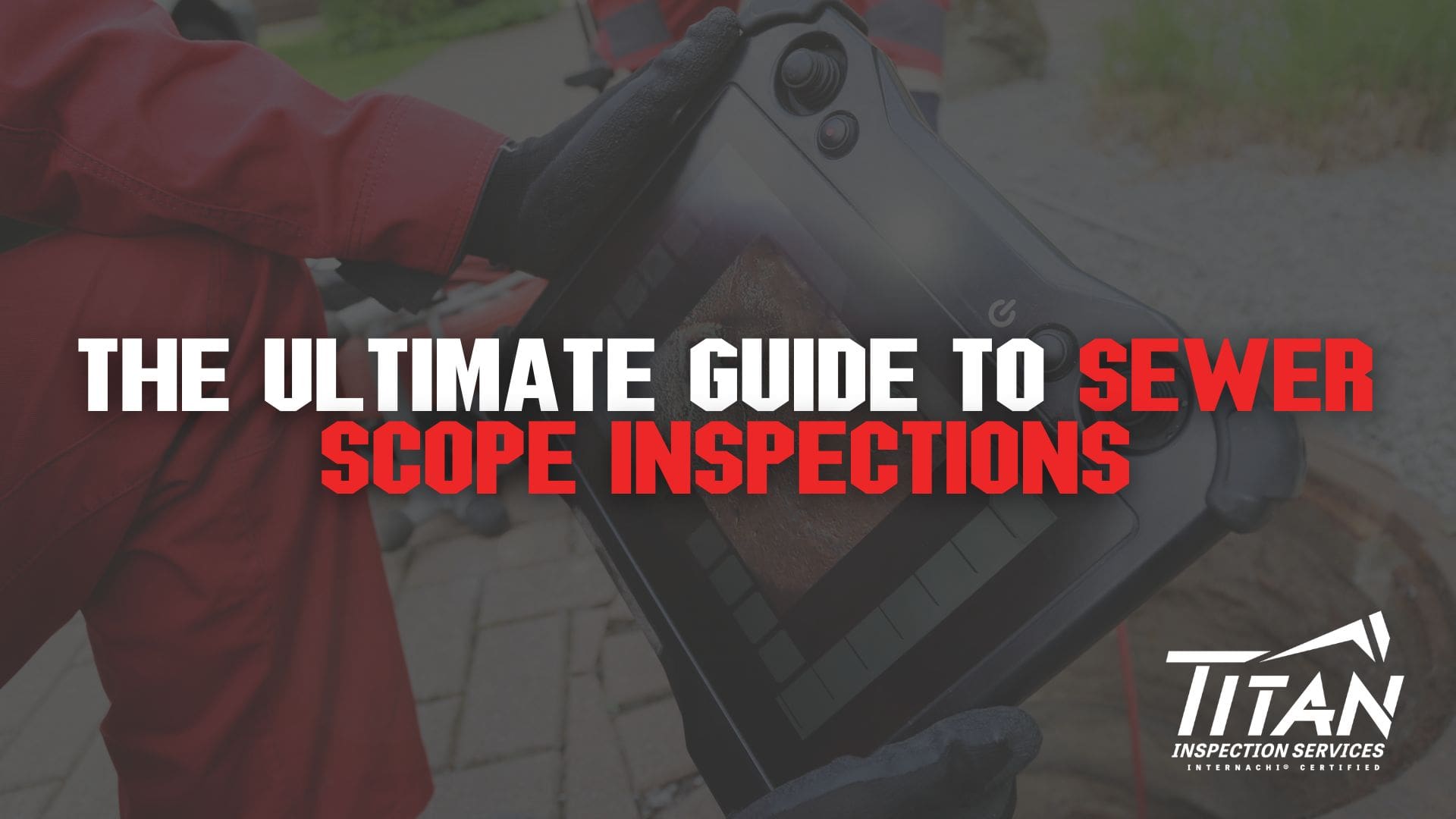
When it comes to maintaining the health and longevity of your property, sewer systems often don’t get the attention they deserve—until something goes wrong. Sewer scope inspections are a game-changer for homeowners, real estate agents, and home inspectors. This guide will cover everything you need to know about sewer scope inspections, including what they are, why they’re critical, what happens during the inspection process, and how to choose the best professional for the job.
What is a Sewer Scope Inspection?
A sewer scope inspection involves using a specialized camera to visually inspect a property’s sewer line. The camera is inserted into the sewer line through an access point like a cleanout or vent stack and transmits real-time footage to a monitor.
This type of inspection helps identify problems like:
- Tree Root Intrusion: Roots growing into sewer lines can block or damage the pipes.
- Clogs and Blockages: Built-up debris or grease can obstruct flow and cause backups.
- Cracks and Leaks: Damage to pipes can lead to leaks, structural issues, and water damage.
- Pipe Material Condition: Over time, older materials like clay or cast iron deteriorate, increasing the risk of failure.
A sewer scope inspection provides a comprehensive assessment of the sewer line’s condition, enabling homeowners and buyers to address issues before they become costly disasters.
Why You Need a Sewer Scope Inspection
For Homeowners
Ignoring sewer line issues can lead to major expenses. Small cracks or minor root intrusions can escalate into full-blown pipe failures, causing backups, water damage, or even structural damage.
- Early Detection Saves Money: Addressing minor issues early prevents more significant repairs.
- Peace of Mind: Knowing your sewer line is in good condition eliminates worry about unexpected failures.
For Real Estate Agents
Real estate agents benefit by recommending sewer scope inspections to clients.
- Smooth Transactions: Inspections prevent last-minute surprises during escrow.
- Informed Buyers and Sellers: Both parties gain confidence knowing the sewer line’s condition.
- Value-Added Service: Agents who recommend sewer inspections position themselves as thorough, trusted advisors.
For Home Inspectors
Home inspectors who include sewer scope inspections in their service offerings stand out in the competitive inspection market.
- Comprehensive Reporting: Providing sewer scope inspections adds value for clients.
- Expanding Expertise: Staying up-to-date with sewer scope technology shows dedication to thorough inspections.
What to Expect During a Sewer Scope Inspection
1. Setting Up the Inspection
The process begins with locating an access point, such as a cleanout or vent stack, to insert the camera. The inspector will explain the procedure and set up the equipment.
2. Camera Insertion and Monitoring
The camera is fed through the sewer line, capturing footage of the pipe’s interior. The inspector monitors the footage in real time on a screen, looking for:
- Cracks or fractures
- Roots or debris
- Corrosion or deterioration of pipe material
- Obstructions or misalignments
3. Documentation and Reporting
After the inspection, the inspector will provide a detailed report, often with video footage or images highlighting areas of concern. The report will include:
- Observations about the pipe material and condition.
- Identified issues and their severity.
- Recommendations for repairs or maintenance.
Common Sewer Issues Found in Inspections
Understanding what inspectors frequently find can help you appreciate the importance of this service:
Tree Root Intrusion
Roots from nearby trees can penetrate sewer lines, causing blockages and even structural damage.
Cracked or Collapsed Pipes
Old pipes made from clay or cast iron often develop cracks over time. Left unchecked, these can lead to full collapses.
Grease Build-Up and Debris
Cooking grease and debris flushed down drains accumulate over time, reducing water flow and causing clogs.
Improper Pipe Installation
Improper connections or misaligned pipes can cause leaks and backups, even in newer homes.
The Importance of Sewer Inspections for New Homes
Many assume that newer homes are immune to sewer issues, but this isn’t always the case. During construction, pipes can be improperly installed or damaged by heavy equipment, concrete, or debris.
Common New Build Issues
- Crushed Pipes: Concrete poured during construction can crush sewer lines, leading to costly repairs.
- Improper Slope: Pipes installed with the wrong slope can cause slow drainage and backups.
- Obstructions: Construction debris left in the lines can cause blockages.
New homes benefit from sewer scope inspections just as much as older properties, ensuring everything is properly installed and functioning.
How Much Does a Sewer Scope Inspection Cost?
The cost of a sewer scope inspection typically ranges from $200 to $500, depending on the property location and the complexity of the inspection. Compared to potential repair costs—often exceeding $10,000 for major sewer issues—this service is a worthwhile investment.
A sewer scope inspection is an essential service for homeowners, homebuyers, real estate agents, and inspectors. Whether you’re preparing to buy or sell a home or simply maintaining your property, inspecting the sewer line can prevent costly surprises.
By detecting issues like blockages, root intrusion, and pipe damage early, sewer scope inspections save money, provide peace of mind, and ensure the long-term health of your property. Choosing a reliable inspector with experience and proper certifications is key to getting an accurate assessment.
When it comes to protecting your home investment, don’t overlook what’s beneath the surface—schedule a sewer scope inspection today to secure your peace of mind.